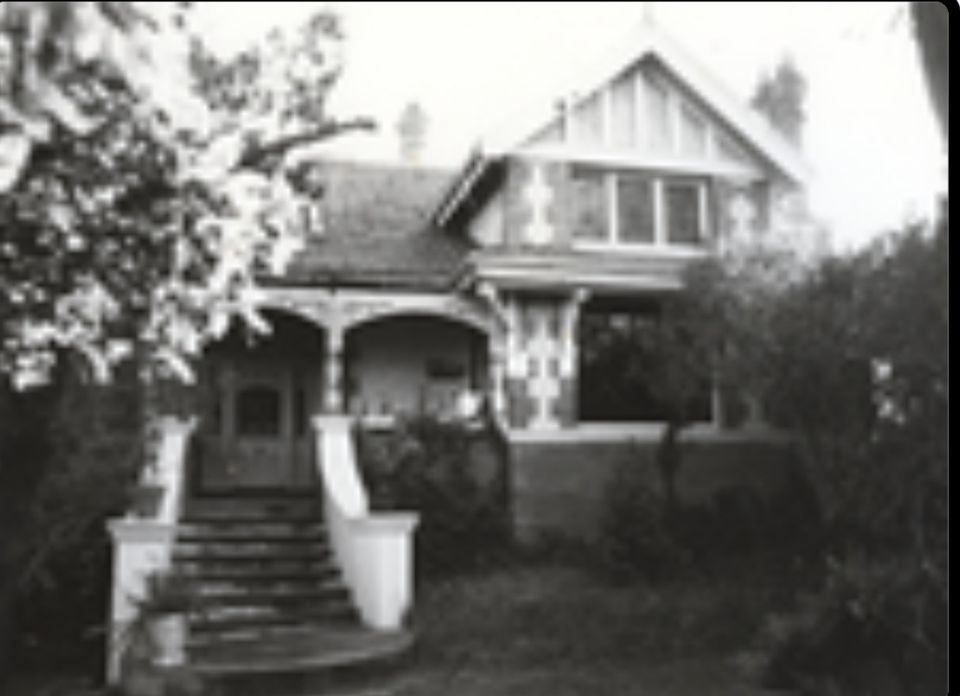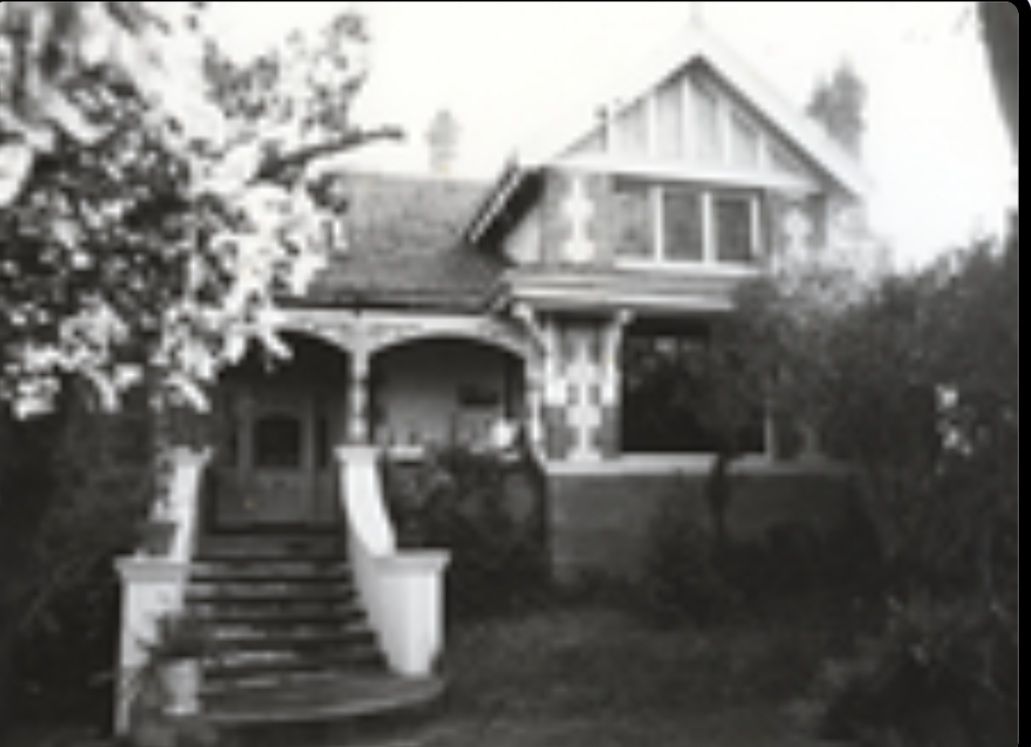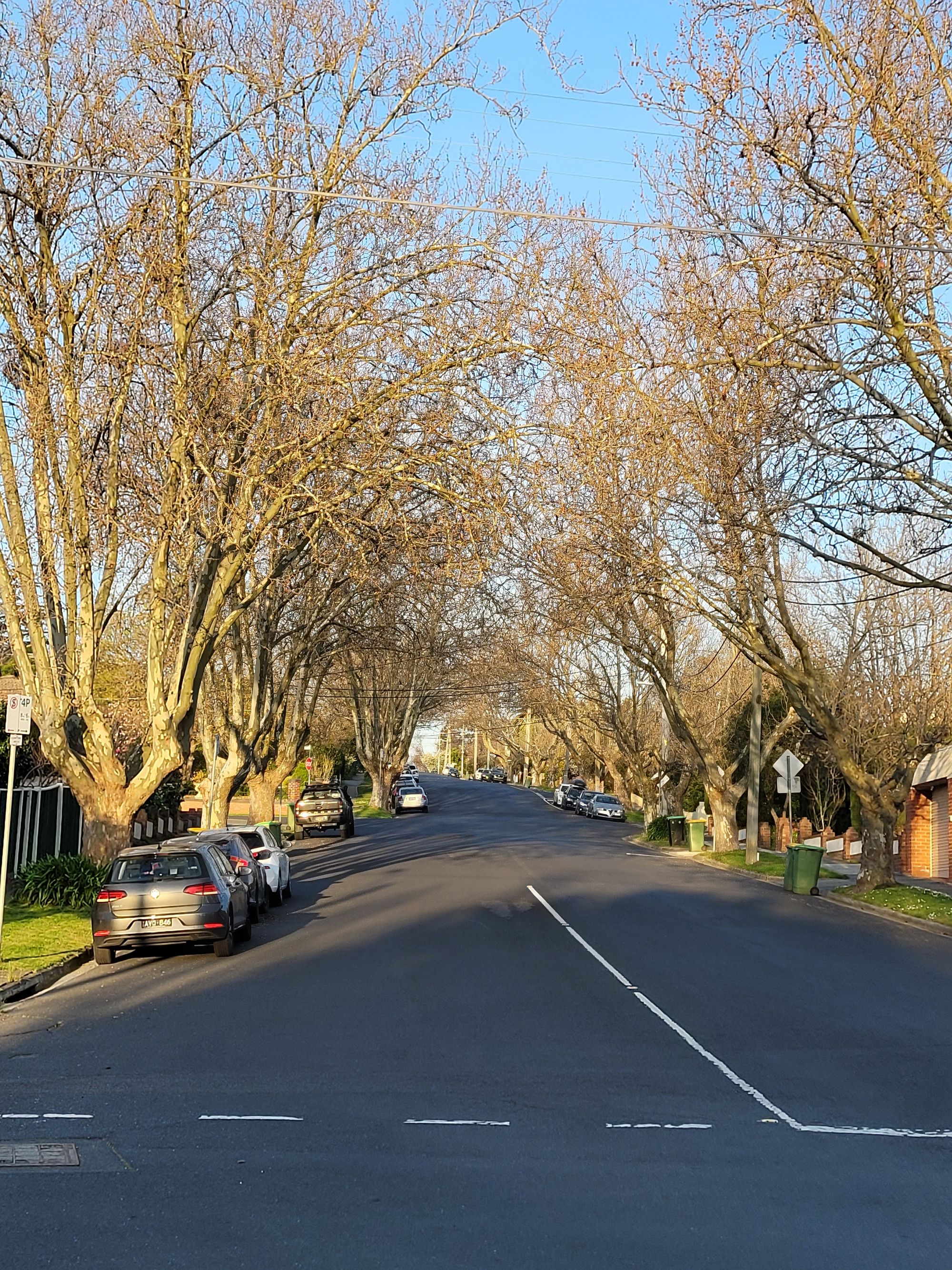When Our Council Felled Street Trees

We have had citizens being passionate about taking care of our locale for a long time.
Citizens banded together into Progress Associations to undertake tree planting schemes, to establish parks, to create sporting clubs.
One of the key people was Chas. M. Davies, who resided in "Awaba" - which became 33 Castle Street when street numbering was introduced.

Chas. Davies was a Melbourne draper, but also a significant local landholder in the Mt Eagle Estate Company.
The former Eaglemont Golf Club was formed at a meeting in 1898 in "Awaba". The club created its golf course across Mt Eagle, and established clubrooms in what is now Devon Street.
By 1911 the pressure of land sales had forced a course re-design, and the committee decided to shift to Rosanna.
His son was killed in WW1, becoming one of the 10 Eaglemont men - of a contingent of 14 who served overseas - who died in action.
The Eyrie now has London Plane trees proudly lining both sides - nearly a century ago mature elms on the nature strips were felled by Heidelberg Council to allow road making.

Chas. M. Davies was exasperated.
The Herald, 31.08.1927, Page 6
"ONLY OLD TREES"
Sir,— I wish to call attention to the ruthless destruction in the Eaglemont district, where rows of beautiful trees are being torn up in the process of street construction.Strong representations have been made to the Shire Council to prevent this, but without success. The trees are planted on the footpaths, and a little reasonable grading would have saved 90 per cent.Having been instrumental in planting and maintaining the streets of Eaglemont, with its seven miles of beautiful avenues, and having done all in my power during the last 40 years to prevent the loss of a single tree, the destruction in "The Eyrie“ alone of 24 beautiful old elm trees makes me feel that all that was done has been labor in vain.— Yours, etc.,
CHAS. M. DAVIES.
Heidelberg. August 30.
Council Triumph Over Railways!
Well a partial victory at least.
Way back in 1902 the Heidelberg line terminated at, yes, Heidelberg.
As we all know the original (single) line beyond Ivanhoe needed a significant ballast embankment approaching, and a serious cutting through, Mt. Eagle.
This bequeathed us the now notorious Odenwald Road bridge.
As the line exited the Mt. Eagle cutting just below the Austin Hospital for the Incurables it required Heidelberg Station to be perched on a hillside, and much elevated above the village of Heidelberg down by the river.
Pushing the rail services beyond Heidelberg also faced challenges from the terrain.
Burgundy Street followed a gully, and needed a rail bridge approached by major ballast embankments.
High ground before Rosanna (formerly Upper Heidelberg) presented an obstacle at Darebin Street, which was already lined with houses.
Again a cutting was proposed by the railways.
This proved locally contentious.
Heidelberg got in 1902, what Eaglemont didn‘t get in 1888 - a tunnel.
Mercury and Weekly Courier, 27.07.1900, Page 2
ELTHAM RAILWAY.
Mr Chas. Davies wrote objecting to the proposal to make a 36ft. cutting through Darebin and Hawdon streets for the purposes of the Eltham railway. He said the width of the thoroughfare would be reduced in consequence, and this would result in the inconvenience of access to the whole of the surrounding property. The consequence would be a serious depreciation in value, and the neighborhood as a desirable residence site would be irretrievably ruined.Cr Holland moved that Mr Gair, M.L.A., be written to and asked to arrange a deputation to the Minister of Railways to ask that a tunnel be substituted for the proposed cutting.Cr Ford seconded the motion. He said a cutting would depreciate the value of the land by one-fourth. As one of the land-owners affected, he (Cr Ford) would Iodge a claim for substantial damages if the cutting was persisted in.Cr Ryan spoke in support of the motion, which was carried unanimously.
The resulting civil engineering solution was a 1902 compromise that cost us dearly in 2017.
The 1902 Railways Commissioners avoided disruption of Darebin Street by electing to use a single track beyond Heidelberg - parts of which are just now being duplicated.
A bridge over Burgundy Street, a very short tunnel under Darebin Street, then a cutting needing to be bridged at Brown Street before natural ground level was regained at James Street!
(Thanks to Nilss for finding this reference to active local citizen Chas. M. Davies)
Member discussion